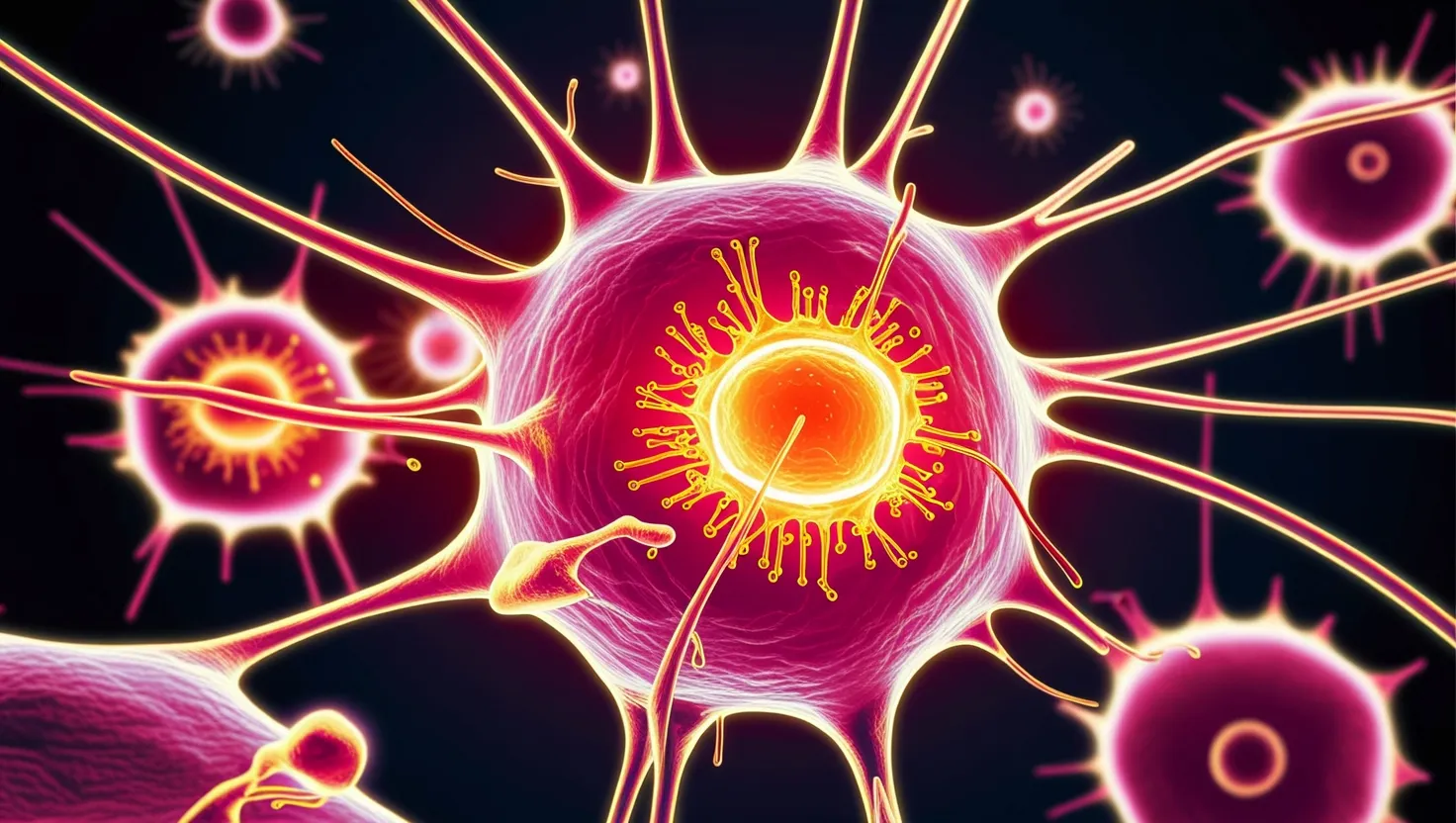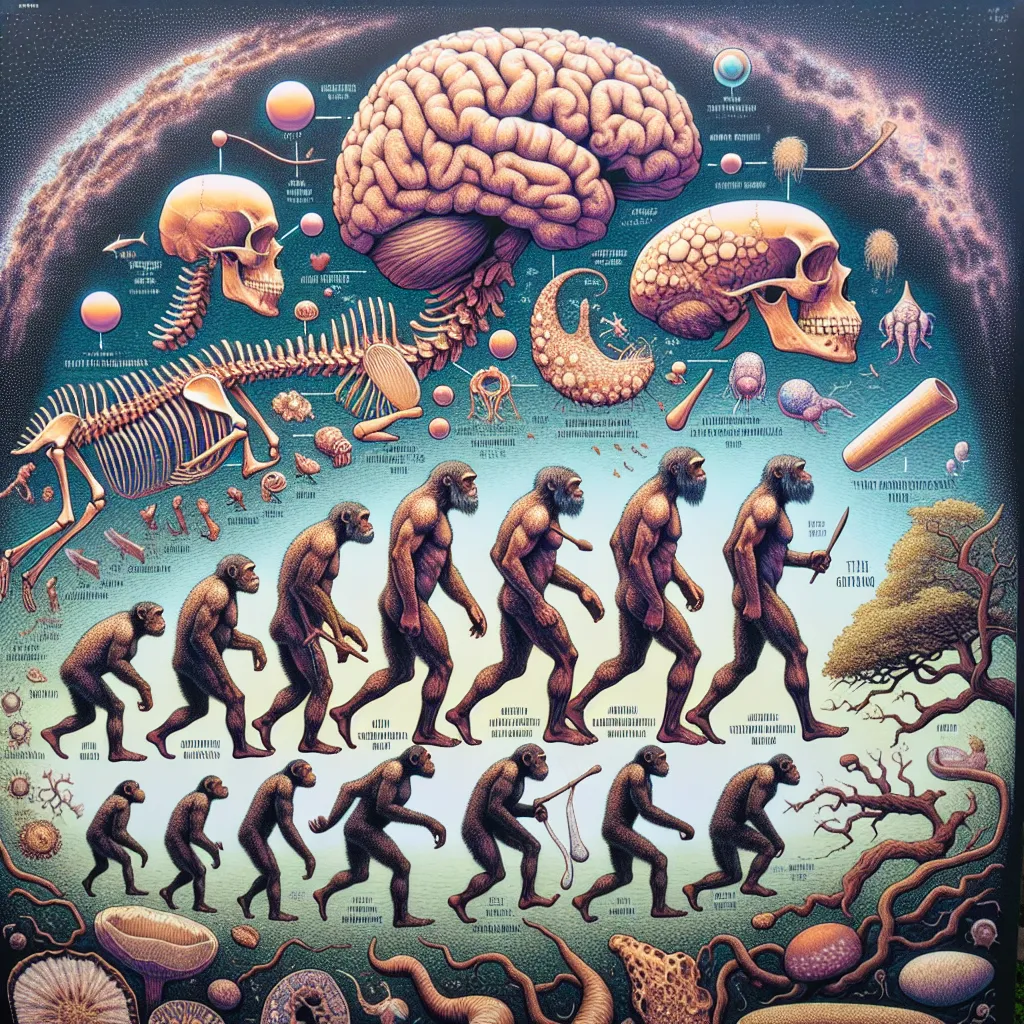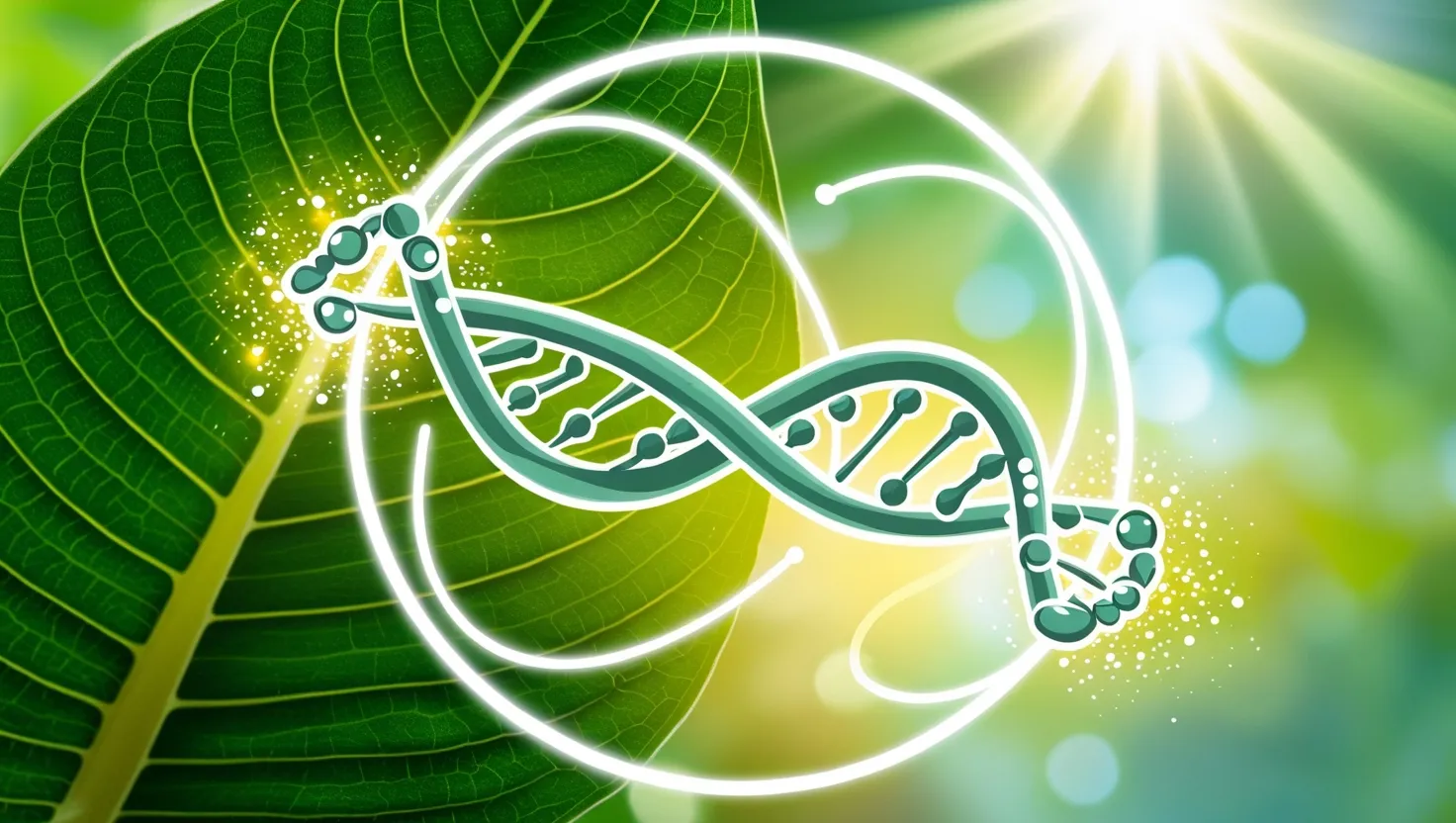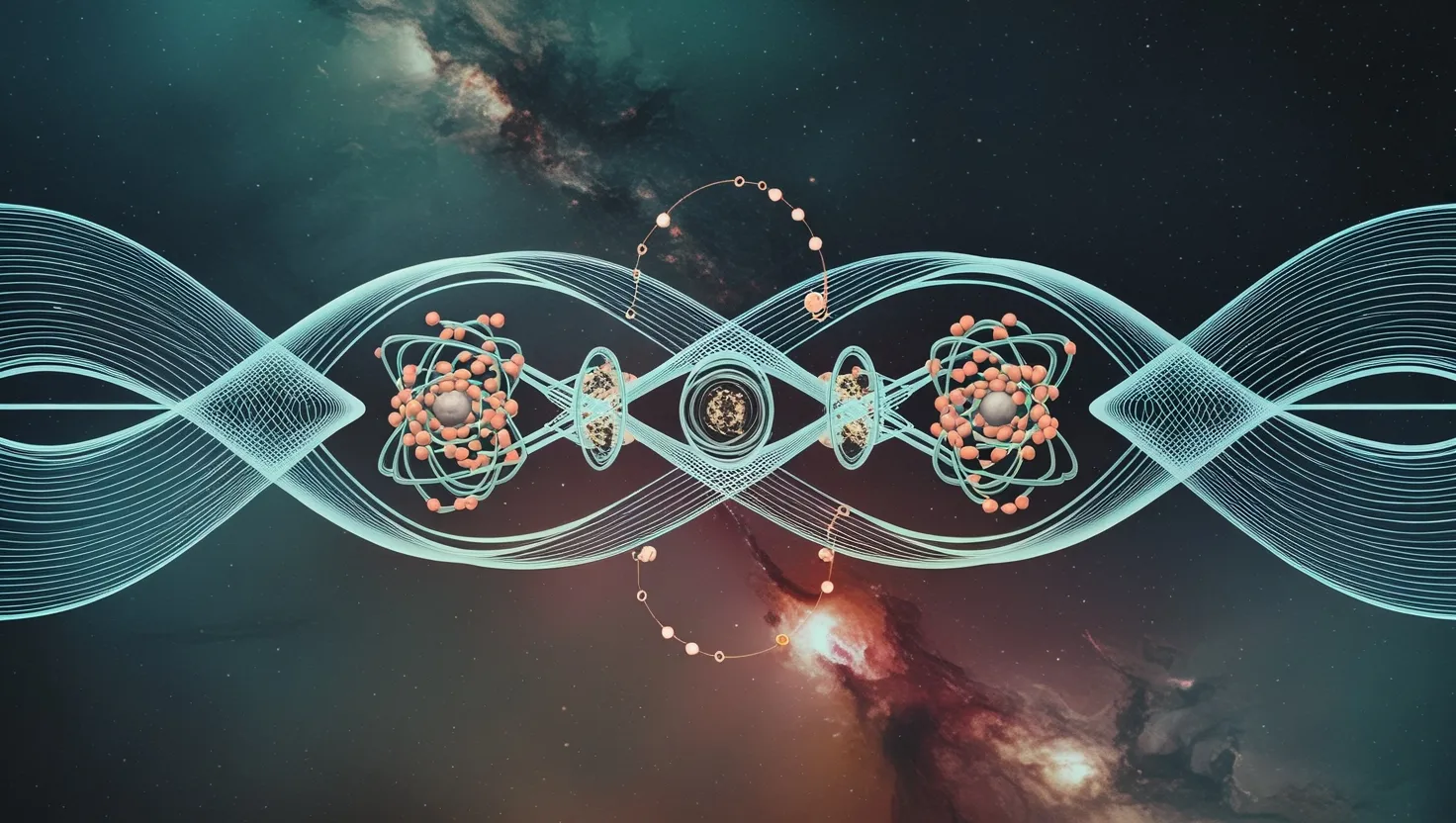Imagine a world where the very fabric of life is woven not just from the intricate dance of genes and chemicals, but also from a subtle yet powerful language of electric fields. This is the realm of bioelectricity, a fascinating domain where scientists are uncovering evidence that living organisms might be using electrical signals to communicate and coordinate in ways that were previously unimaginable.
As I delve into this hidden world, I find myself pondering the fundamental question: how do cells and tissues exchange information? For decades, we’ve known that neurons transmit signals through electrical impulses, but what about other cells? It turns out that all cells, not just those in the nervous and muscular systems, store and transfer information using electrical signals. These signals are generated by the movement of ions – tiny charged particles like potassium, sodium, and calcium – across cell membranes.
The concept of bioelectricity is not new, but its implications are only now beginning to be fully appreciated. During embryonic development, for instance, bioelectric signals play a crucial role in guiding the differentiation and organization of cells. These signals help shape the growing organism, determining where and how cells will migrate and form complex structures. For example, in the development of a frog embryo, specific patterns of electrical potential across cell membranes prefigure the facial features long before they are physically visible. This bioelectric prepattern essentially lays out a blueprint for the future anatomy of the face, switching various genes on and off to ensure proper development.
But bioelectricity’s influence extends far beyond embryogenesis. It is also vital in tissue regeneration and wound healing. When a planarian flatworm is amputated, gradients of voltage in the wound cells and electrical communication between cells across the entire worm dictate whether a tail or a head will be formed by stem cells. This process is not unique to flatworms; similar mechanisms are at play in humans. For instance, when skin is injured, it generates an electric field known as the “wound current,” which attracts healing agents like macrophages and fibroblasts to the site of injury.
The research in this field is led by pioneers like Dr. Michael Levin at Tufts University, who has been at the forefront of understanding and manipulating bioelectric signals. By using fluorescent dyes to visualize the electrical patterns underlying the bioelectric code, Levin’s group has been able to alter these patterns to make specific changes in growth and form. In one experiment, they injected the precursors of eye cells with a piece of RNA that encodes for a sodium channel, significantly altering the electrical potential across the cell membrane. This change affected the development of the eye, demonstrating that the bioelectric code is indeed instructive for cell behavior.
This bioelectric code functions alongside other regulatory mechanisms like chemical gradients and transcriptional networks to orchestrate individual cell behavior into large-scale anatomical patterns. It’s a true epigenetic layer of control, where the physiological state itself, rather than the genetic identity of any particular ion channel or pump, dictates the downstream effects on cells. For example, the same voltage state can be achieved by the movement of different ions, yet it induces the same effects on cell behavior.
The implications of this research are profound. By understanding and controlling the bioelectric code, scientists hope to revolutionize various fields of medicine. One of the most exciting prospects is the ability to control or correct bioelectric signals to treat cancer. Malignant cells often exhibit abnormal electrical activity, and by flipping the bioelectric “switch,” scientists aim to revert these cells back to their healthy states. This approach could also be used in regenerative medicine to regenerate tissues, organs, and even limbs, offering new hope for the treatment of injuries and degenerative diseases.
Moreover, bioelectricity could provide alternative approaches to fighting infections, particularly antibiotic-resistant bacteria. Electric fields and currents can disrupt bacterial biofilms and enhance the effectiveness of existing antibiotics. In cardiovascular health, understanding bioelectric signals could help in managing conditions where electrical impulses go awry, such as arrhythmias.
As we continue to explore and understand the electrome – the collective electrical activity of our bodies – we stand on the brink of a new scientific frontier. This frontier promises to transform our approach to health and disease, offering remarkable possibilities for the future of medicine. The electrome, much like the microbiome, is a crucial component of human health, and when it goes awry, it can lead to various health issues.
However, with the promise of bioelectric medicine come ethical considerations and challenges. The potential to manipulate bioelectric signals raises questions about the extent and limits of such interventions. Issues of accessibility, consent, and long-term effects must be carefully considered. Integrating bioelectric treatments with existing medical practices will require significant research, regulation, and education.
As I reflect on this journey into the world of bioelectricity, I am struck by the sheer complexity and beauty of life’s hidden electrical network. It’s a world where the boundaries between biology, physics, and even a touch of sci-fi wonder blur. We are indeed on the cusp of decoding nature’s secret electrical language, and the possibilities that this holds are nothing short of electrifying.
Imagine a future where we can regenerate lost limbs or correct birth defects by simply manipulating the electrical patterns within our tissues. It sounds like science fiction, but it’s a future that is rapidly becoming a reality. The bioelectric code is more than just a scientific curiosity; it’s a key to unlocking hidden abilities within us and potentially even connecting with other species in ways we never thought possible.
As scientists continue to unravel the mysteries of bioelectricity, we are reminded that life is far more intricate and interconnected than we often give it credit for. The bioelectric code is a testament to the awe-inspiring complexity of living organisms and the incredible potential that lies within the subtle electrical signals that govern our very existence.
In this hidden world of bioelectricity, we find a new dimension of biological insight that challenges our traditional understanding of life and health. It’s a world where every cell is a tiny battery, and the electrical impulses that flow through them are the language that shapes our bodies and our lives. As we delve deeper into this fascinating realm, we are not just exploring the secrets of life; we are also discovering new avenues for healing, regeneration, and perhaps even a new way to understand ourselves and our place in the natural world.






